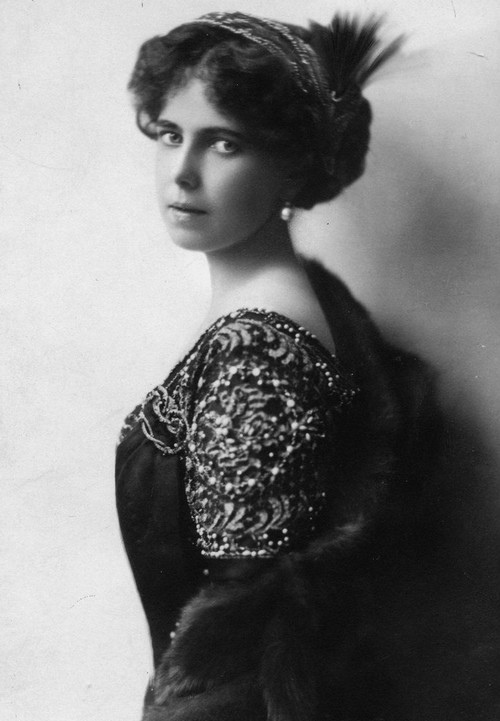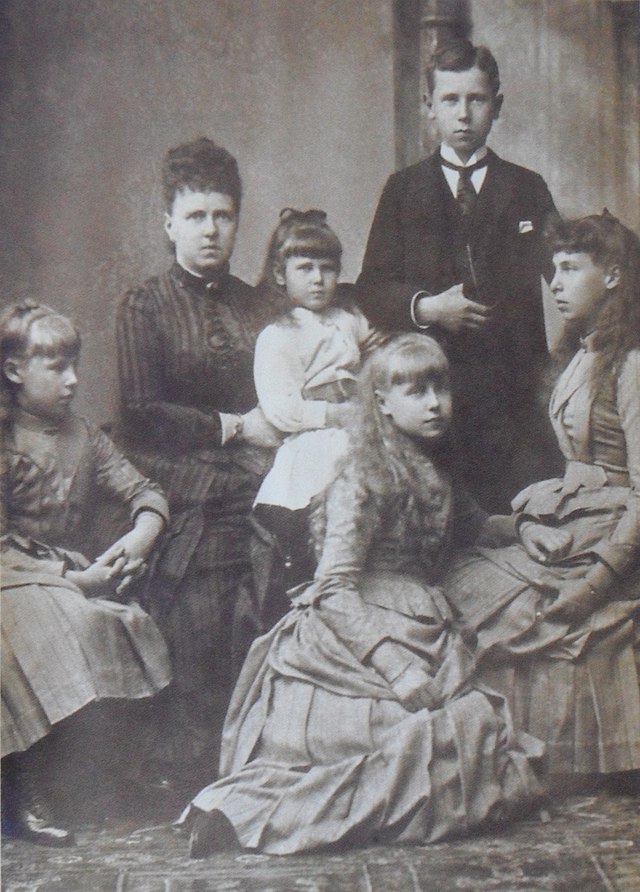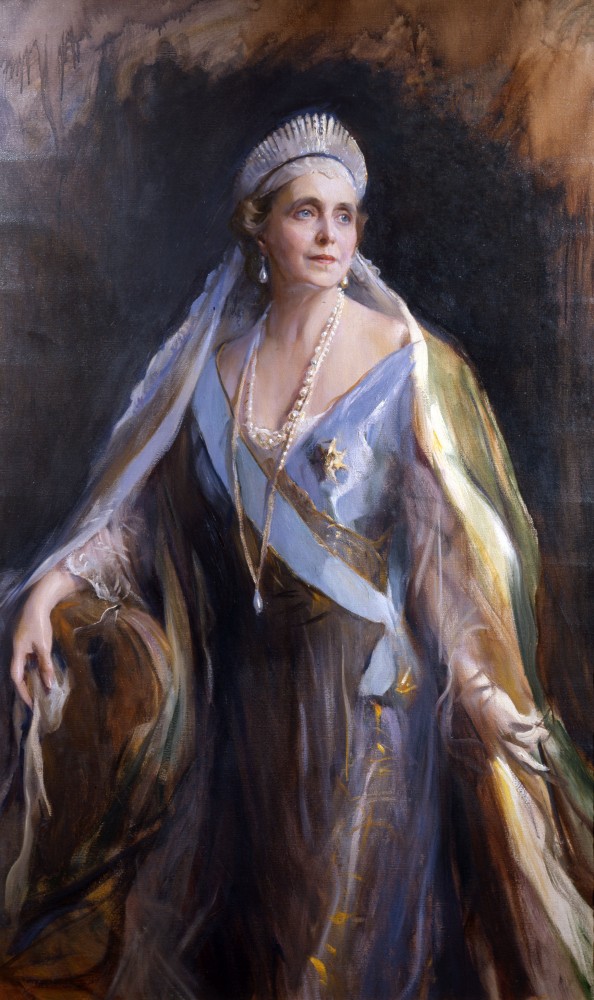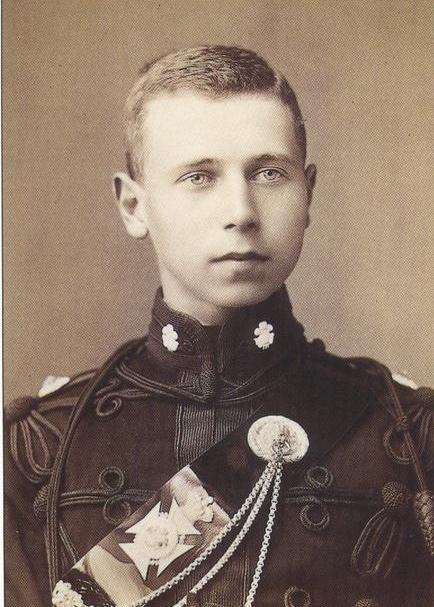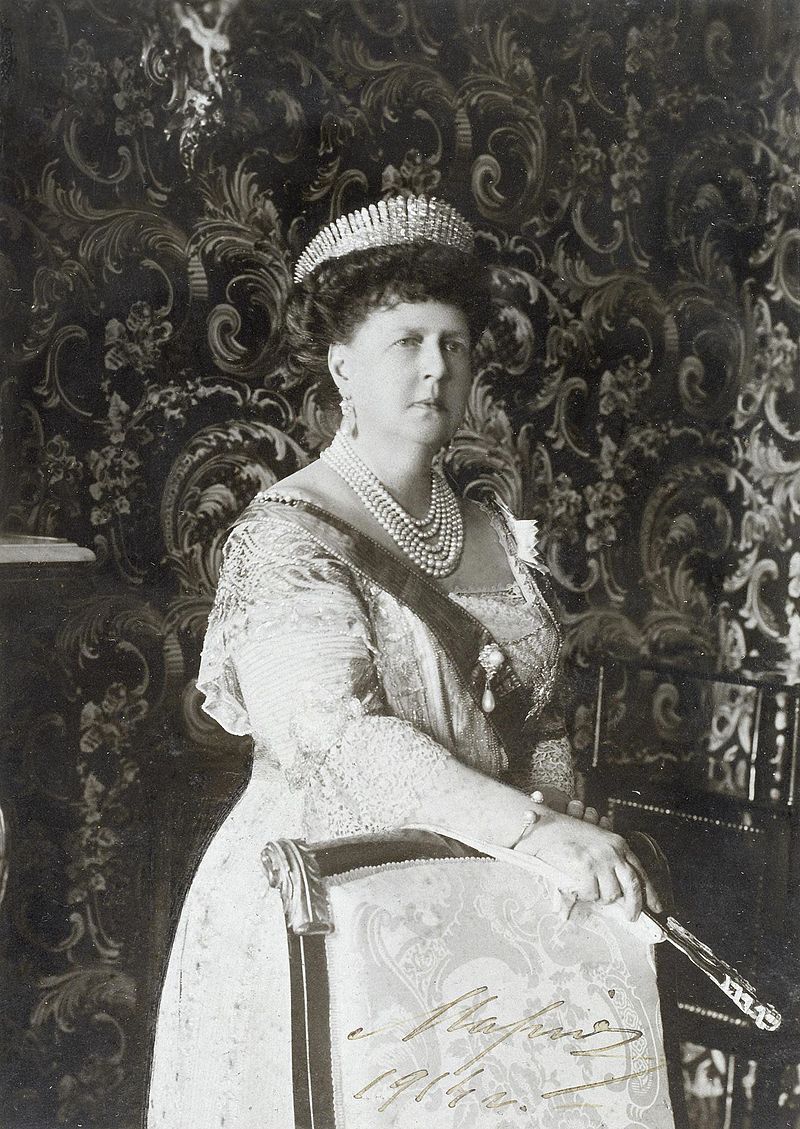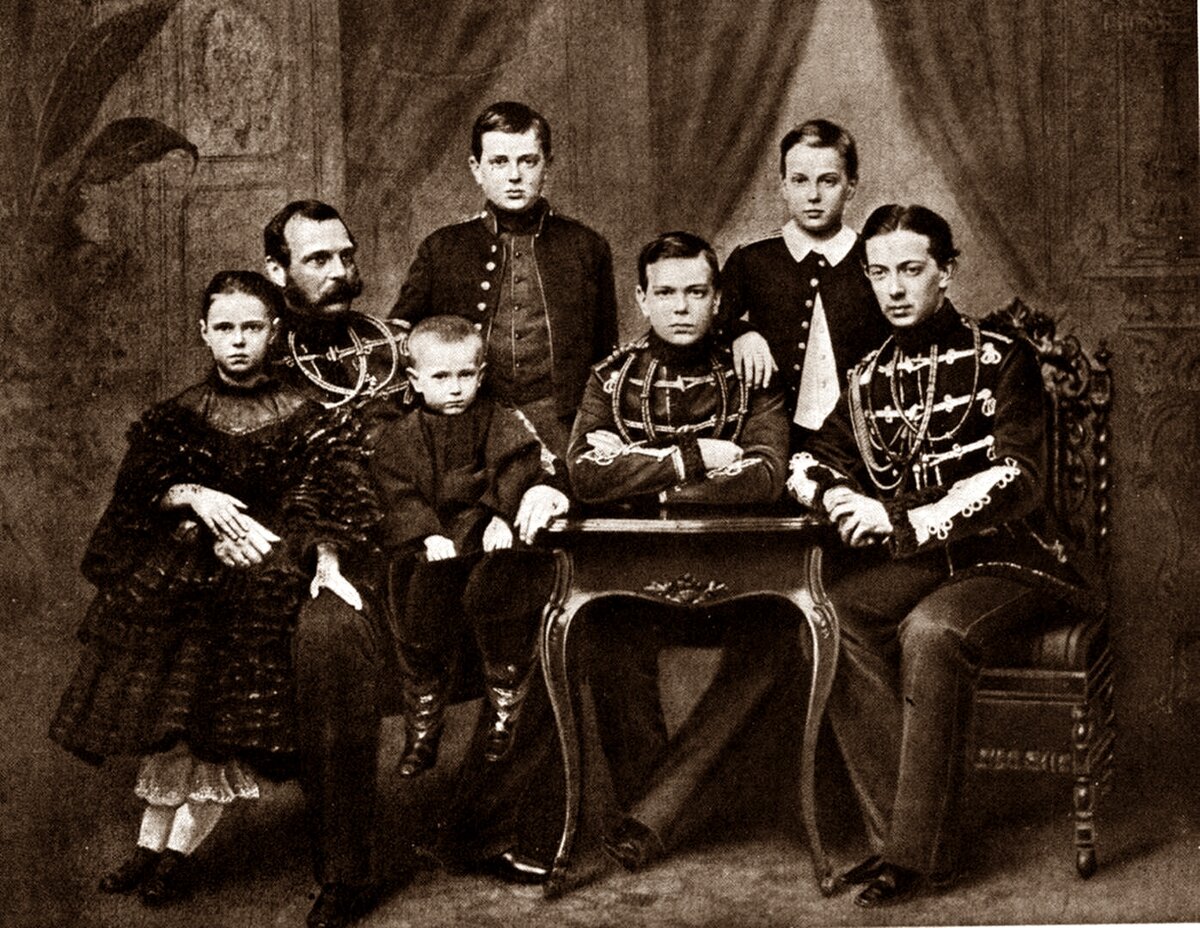by Scott Mehl © Unofficial Royalty 2015
The State Opening of Parliament marks the beginning of a new session of Parliament in the United Kingdom. It is traditionally attended by the Sovereign, who gives a Speech from the Throne. This takes place in the chamber of the House of Lords, as the Sovereign is not permitted to enter the House of Commons. The last sovereign to enter the Commons was Charles I, in 1642, who stormed in attempting to arrest several members.

King Henry VIII opening Parliament, 1523. source: Wikipedia
The practice of opening Parliament goes back to the 1400s, although the earliest detailed records are from 1510, recounting King Henry VIII’s first Opening of Parliament. The King, accompanied by the Peers and his attendants, would usually travel on horseback from the Sovereign’s official residence to Westminster Abbey where a service would be held. Following the service, they would proceed to the Palace of Westminster for the State Opening. The service was discontinued in 1679 when it (along with the procession) was canceled due to fears of a Popish Plot. The procession resumed the following year and was soon slimmed down to just the Sovereign and his entourage.
In the Georgian era, carriages began to be used regularly, to transport the Sovereign and other members of the Royal Family and their attendants. Back then, the Sovereign would usually just say a few words before the speech was read by the Lord Chancellor. It was King James I who began the practice of reading the speech himself. This varied for the next several reigns, and by 1679 it became traditional for the Sovereign to read the speech with the exception of King George I who barely spoke English, and Queen Victoria who typically left the speech to the Lord Chancellor.

Queen Victoria opening Parliament, 1866. source: Wikipedia
For nearly 200 years, the Sovereign was almost always in attendance. However, Queen Victoria did not attend for several years after the death of The Prince Consort in 1861. She returned in 1866 under pressure from her ministers, her children, and the British public, but would only be present seven times in the remaining 34 years of her reign.
In 1901, the new King Edward VII brought much of the pageantry and tradition back to the ceremony. One of the most significant changes took place on the dais itself. Previously, a single throne for Queen Victoria had stood surrounded by an iron railing. King Edward VII had the railing removed, and had a second throne (just slightly smaller) placed immediately to the left of his own. Thus began the tradition of the Consort sitting beside the Sovereign.

King Edward VIII at the Opening of Parliament, 1936. source: Wikipedia
King Edward VIII only attended once during his brief reign in 1936. Since he had not been crowned, he did not wear the Imperial State Crown with his Robe of State. (He would abdicate just weeks later.) Queen Elizabeth II also opened Parliament for the first time before being crowned and wore the George IV State Diadem. Since 1953, she wore the Imperial State Crown and attended every year other than 1959 and 1963 – when she was pregnant with Prince Andrew and Prince Edward- and 2022 when she was in ill health.

Queen Elizabeth II opening Parliament, 1952. source: The Daily Mail
The ceremony which occurs today dates back to the opening of the new Palace of Westminster in 1852. Having been rebuilt after the old palace was destroyed by fire in 1834, the new building was laid out to best show off the pageantry of the official procession. Much of the detail has remained mostly unchanged since then, including the order of the procession and seating in the House of Lords. The photo below is from the 1866 Ceremonial and shows the procession and the precise seating. A ceremonial is issued each year, usually with very few changes. Below is the 1886 Ceremonial, showing the procession and where everyone is positioned around the throne.

Searching of the Cellars
The pageantry of the day begins with the searching of the cellars. In 1605, a group of English Catholics attempted to blow up Parliament to kill the Protestant King James I and place his daughter Elizabeth on the throne. This became known as the Gunpowder Plot. Having been warned of the plot, the Yeoman of the Guard (the Sovereign’s bodyguard) searched the cellars at Westminster and found Guy Fawkes guarding 36 barrels of gunpowder, more than enough to destroy the entire building and everyone in it. Since then, the Yeomen of the Guard have searched the cellars before every opening of Parliament. Of course, today it is merely part of the pageantry. The building and grounds are fully searched by police and security officers, but officially, it is the Yeomen of the Guard who ensure that the Palace of Westminster is secured before the Sovereign’s arrival.
In the meantime, the two houses of Parliament assemble in their respective chambers. Members of the House of Lords are in their robes and finery, with many of their wives, and other peers in attendance. Also seated in the House of Lords are members of the diplomatic corps and senior members of the judiciary. Until the 1999 House of Lords Act, other members of the Royal Family who were peers and peeresses often attended.
Royal Hostage
In another tradition that goes back for a few hundred years, a senior member of the House of Commons, traditionally the Vice-Chamberlain of the Household, is held hostage at Buckingham Palace to ensure the Sovereign’s safe return from the Palace of Westminster. This tradition goes back to the Restoration in 1660. The previous Vice-Chamberlain had been involved in the beheading of King Charles I, and this was seen as the best way to ensure the safety of the monarch.
The arrival of the Royal Regalia
Before the Opening of Parliament, the Imperial State Crown, Great Sword of State, and the Cap of Maintenance are brought from the Jewel House at the Tower of London to Buckingham Palace. On the morning of the Opening, the Crown is transported to the Palace of Westminster, traditionally in Queen Alexandra’s State Coach, by the Comptroller of the Lord Chamberlain’s office. Also traveling with the Crown are the Sword of State and the Cap of Maintenance, accompanied by two other members of the Royal Household. The carriage is accompanied by the Sovereign’s Bargemaster – a throwback to the days when the Crown Jewels were often transported by barge from the Tower of London. Just like the Sovereign, the Crown is escorted by the Household Cavalry and receives a royal salute.
Upon arriving at the Sovereign’s Gate at the Palace of Westminster, the Crown, Sword, and Cap are taken to the Regalia Room where the Court Jeweler transfers the Crown to a large cushion for the remainder of the procession. This is done by the Crown Jeweler as he is the only one, aside from the Sovereign, who can handle the crown. The Comptroller then carries the Crown up the Norman Staircase to the Royal Gallery and presents the Crown to the Lord Great Chamberlain who places it on display along with the Sword and Cap. Once the Sovereign has left Buckingham Palace, the Crown is then taken into the Robing Room to await the Sovereign’s arrival.
The Imperial State Crown currently used dates from 1937. It was made for the coronation of King George VI, as a replica of the one worn from Queen Victoria’s coronation. This one was made lighter and easier to wear. It was modified slightly in 1953 for Queen Elizabeth II’s coronation, lowering the arches and making it appear more feminine. It is typically only worn at the Coronation and the State Opening of Parliament. The Crown includes 2,868 diamonds, 273 pearls, 17 sapphires, 11 emeralds, and 5 rubies. Amongst these are:
- St Edward’s Sapphire
- A sapphire from the ring, or coronet, of Edward the Confessor
- The Black Prince’s Ruby (actually a spinel)
- The Cullinan II (also known as the Lesser Star of Africa)
- The Stuart Sapphire
- Pearls worn by Queen Elizabeth I
In recent years the former Prince of Wales and Duchess of Cornwall (now King Charles III and Queen Camilla) also attended the State Opening of Parliament. They traveled in a separate procession, following the royal regalia. Traveling in a State Coach, they would arrive at the Sovereign’s entrance, where they were greeted by the Earl Marshal and proceeded to the Robing Room to await the Sovereign.
The Arrival of the Sovereign
The Sovereign departs from Buckingham Palace in a State Coach accompanied by four divisions of the Sovereign’s Escort, led by the Blues & Royals and the Life Guards. In 2014, Queen Elizabeth II traveled in the new Diamond Jubilee State Coach which was used for the first time. In previous years she often traveled in the Irish State Coach or Australian State Coach.
As the Sovereign’s carriage approaches the Palace of Westminster, a military band places the national anthem, and the Royal Standard is raised to indicate the Sovereign’s presence. The carriage is followed by several other carriages, carrying several members of the Royal Household. The Sovereign is greeted at the Sovereign’s Entrance by the Lord Great Chamberlain and processes up the Norman Staircase to the Robing Room. There, the Sovereign puts on the Imperial State Crown and Robe of State, and the Collar of the Order of the Garter. Upon arrival, gun salutes are fired in Hyde Park and at the Tower of London.
Finally, the doors open and the Sovereign emerges from the Robing Room, with a fanfare announcing the royal procession. The procession is led by the Officers of Arms and Heralds, then the Great Officers of State. The Sovereign is attended by four Pages of Honour who carry the sovereign’s train. During the reign of Queen Elizabeth II, she was typically escorted by The Duke of Edinburgh, followed (in the last few years) by the then-Prince of Wales and Duchess of Cornwall, and then ladies-in-waiting and other members of the Royal Household. The procession goes the length of the Royal Gallery and through the Prince’s Chamber, into the House of Lords.
Upon arrival in the House of Lords, the Sovereign takes his/her seat on the throne, while the Pages of Honour arrange the Robe of State. At this point, the Sovereign says, “My Lords, pray be seated” and the entire chamber takes their seats. During the reign of Queen Elizabeth II, The Duke of Edinburgh was seated immediately to her left, on a throne that was just slightly smaller than hers. The Prince of Wales and Duchess of Cornwall were seated in smaller chairs to the Queen’s left. The Pages of Honour stood to the side of the Prince and Duchess, while the Queen’s ladies-in-waiting stood on the opposite side of the dais.
Royal Summons to the Commons
The signal is given to instruct The Gentleman Usher of the Black Rod to summon the members of the House of Commons. He proceeds through the central lobby, and upon arrival at the doors of the Commons, the door is slammed. This symbolizes the independence of the House of Commons from the Sovereign.
Black Rod bangs on the door three times before it is opened for him. He proceeds into the Commons, acknowledging the members, and says, “Mr. Speaker…His Majesty The King commands this honourable house attends His Majesty, immediately, in the House of Peers.”
The members of the House of Commons then proceed to the House of Commons, led by Black Rod and the Speaker. They take their place, standing, at the bar at the far end of the House of Lords. At this point, the Lord Chancellor approaches the throne and hands the Speech to The Sovereign. The speech, although called The King’s Speech, is written by the government of the day, and lists the Government’s plans for the current session of Parliament.
After The Sovereign has read the speech, he processes back out of the House of Lords, through the Prince’s Chamber and Royal Gallery, and back into the Robing Room. Once the Imperial State Crown and Robe of State have been removed, The Sovereign descends the Norman Staircase and returns to the carriage for the procession back to Buckingham Palace.
This article is the intellectual property of Unofficial Royalty and is NOT TO BE COPIED, EDITED, OR POSTED IN ANY FORM ON ANOTHER WEBSITE under any circumstances. It is permissible to use a link that directs to Unofficial Royalty.


